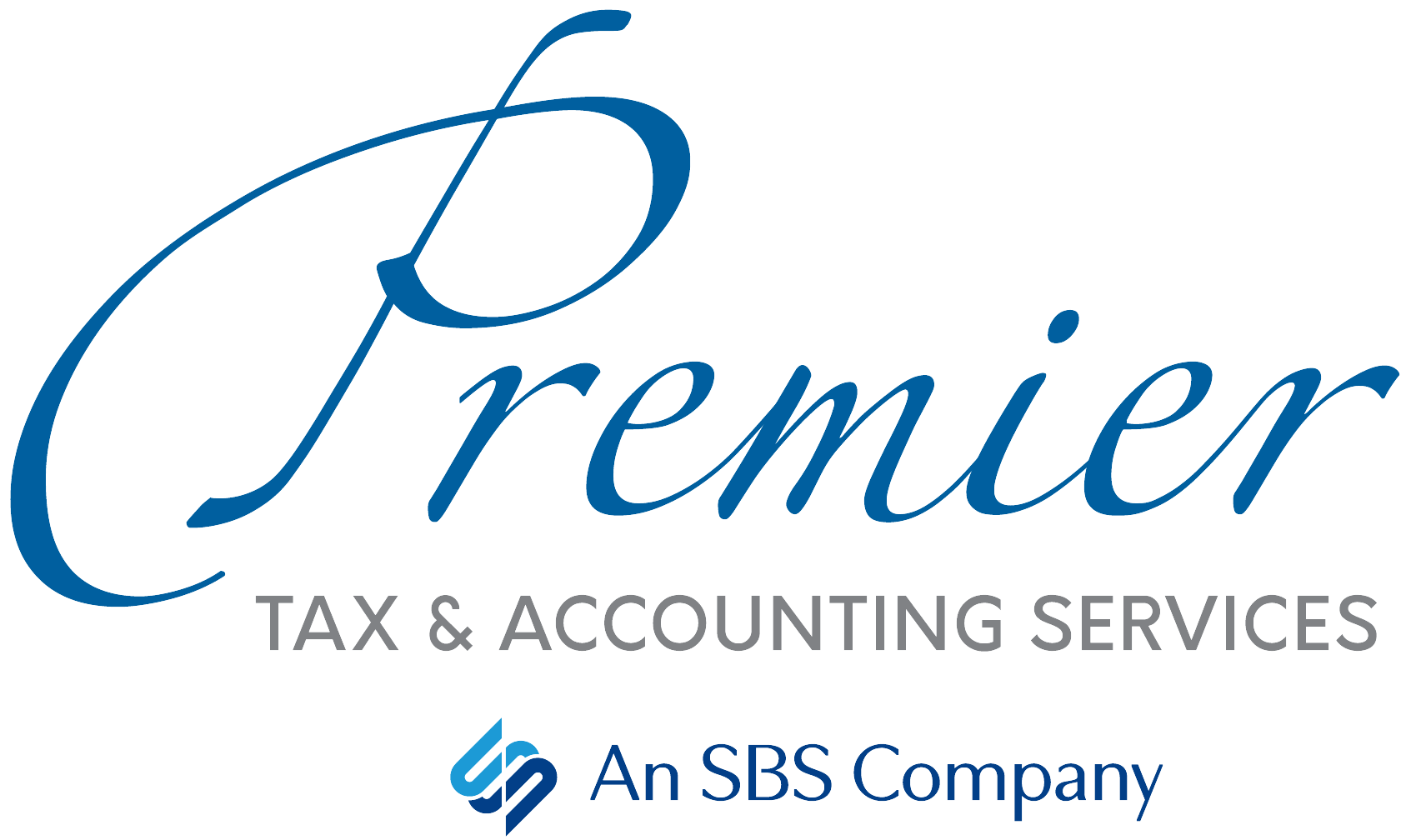As the owner of a small business, you have two basic options for how to pay yourself: Drawing money from your business bank account or paying yourself a regular salary.
But beyond that, it gets a bit complicated. Some business entity types have restrictions on how owners/members can compensate themselves. If you are a sole proprietor, for example, then a draw is the only option you have to pay yourself. The same is true for partners in a partnership (We won’t even get into the complexities of LLCs and S-corps here, but we can answer your questions if you have this type of business.)
Furthermore, assuming you have both options, if you pick the wrong method for your set of circumstances, you could end up overpaying in taxes.
An owner’s draw has no fixed amount and no set schedule. Taxes are not withheld from a draw, so if you take a draw, you have to set aside some of the funds to pay the tax man down the road.
While a draw does provide flexibility, it could also make it more difficult to qualify for a loan in the future if it is your only source of income.
A regular salary for you as the owner, on the other hand, is treated like that of other employees – it is considered taxable income for you, and it is a deductible business expense for your company.
The method you choose to pay yourself can also have implications on how you make contributions to your retirement account.
Which option is right for you? You’ll need to consider your own circumstances and goals, as well as those of your business, to answer this question. If you need help figure out the complexities of this issue, call us at 706-632-7850 or email our office manager Kimberly Mortimer at kmortimer@premiertaxsuccess.com.



